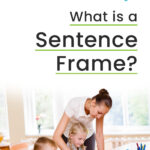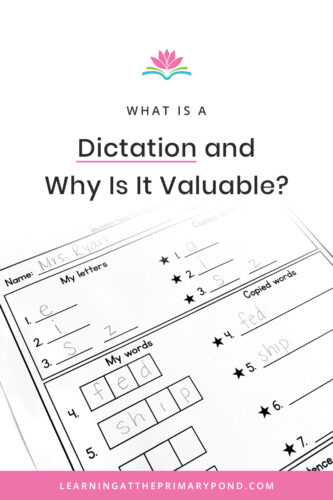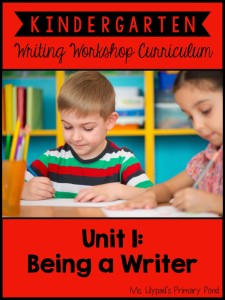It can be hard to get students writing sentences, especially complete sentences with correct grammar! When you think about it, a lot of “kid talk” uses incomplete sentences or sentence fragments, so it makes sense that these concepts are difficult for them to master in their writing:
- “What do you want to play at recess?” → “Tag.”
- “Do you want to read this book or another one?” → “This one.”
Sometimes, if it’s not incomplete sentences, it’s actually run-on sentences that kids speak in. When they tell a story, they can go on, and on, and on… without a definitive starting or stopping point between sentences.
Considering both ends of the spectrum – incomplete and run-on – it’s difficult to find that sweet spot of getting kids to write strong, complete sentences. In this blog post, I’ll give you 3 tips on how to get your students writing sentences correctly.
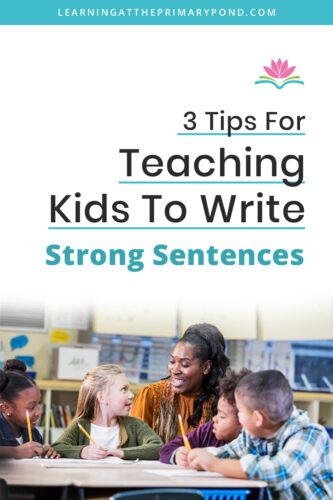
Tip #1: Model, model, model!
It’s so important that students have a strong model for what a sentence looks like. Their best model is actually you! When you’re writing sentences in front of them, talk through exactly what you’re doing:
- “I’m going to say the full sentence aloud before I write it down.”
- “I’m starting my sentence with a capital letter.”
- “Now that I’m done with my sentence, I’m adding a period at the end.”
- “Let me reread this sentence to make sure it’s a complete sentence.”
It’s even beneficial to model the incorrect way first and then show how to check your work.
- “Hmmm. I just reread my sentence, and it doesn’t quite make sense. ‘Ate dinner.’ I think there is something missing. I didn’t say who ate dinner.”
Providing this model and explaining how to complete the thought will help your students do the same.
Tip #2: Use sentence frames.
By using sentence frames strategically, you are gradually releasing responsibility to students. The sentence frames help students see correct sentence structure and then mimic it. Here are a few examples from my Supported Sentence Writing Worksheets:

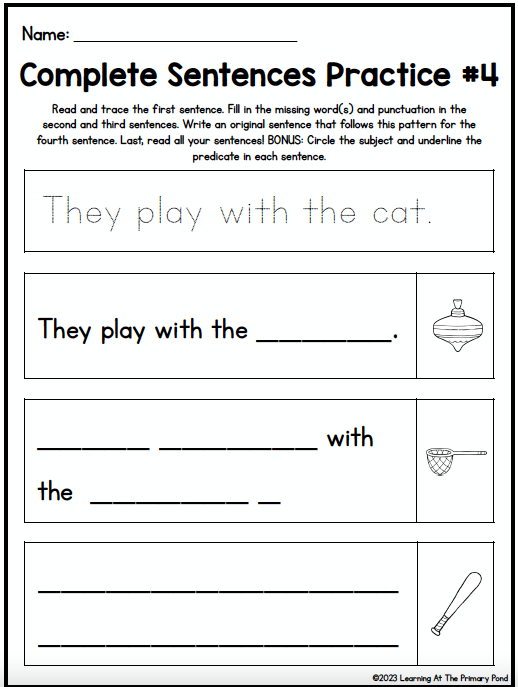
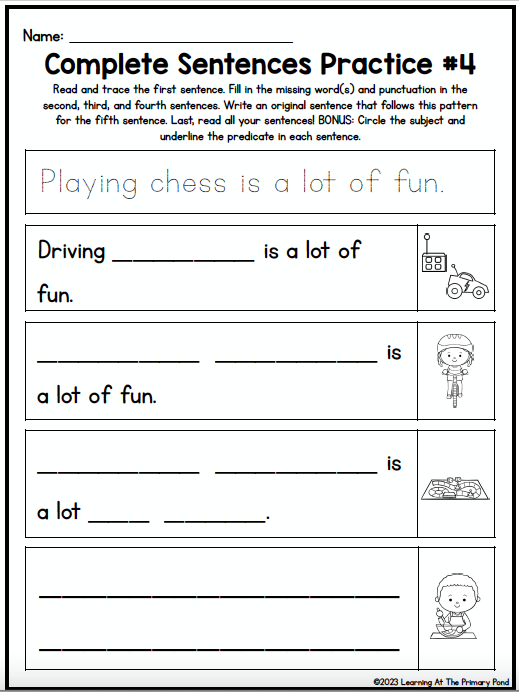
In these Supported Sentence Writing Worksheets, students first trace a complete sentence. Then, little by little they are filling in more and more of the sentences. Eventually, students write an original sentence to follow the example.
Each of the resources contains 40-50 practice sheets. One sentence structure is repeated on each page, so that students internalize the structure and can use it independently in the future.
The combination of the gradual release and the repetition on each page will support students in gaining independence!
Tip #3: Integrate grammar concepts.
Once students have developed a sense of what a complete sentence looks like, you can integrate more grammar concepts to help improve the strength of their sentences. Here are a few things you can teach to support strong sentence writing:
- Asking questions
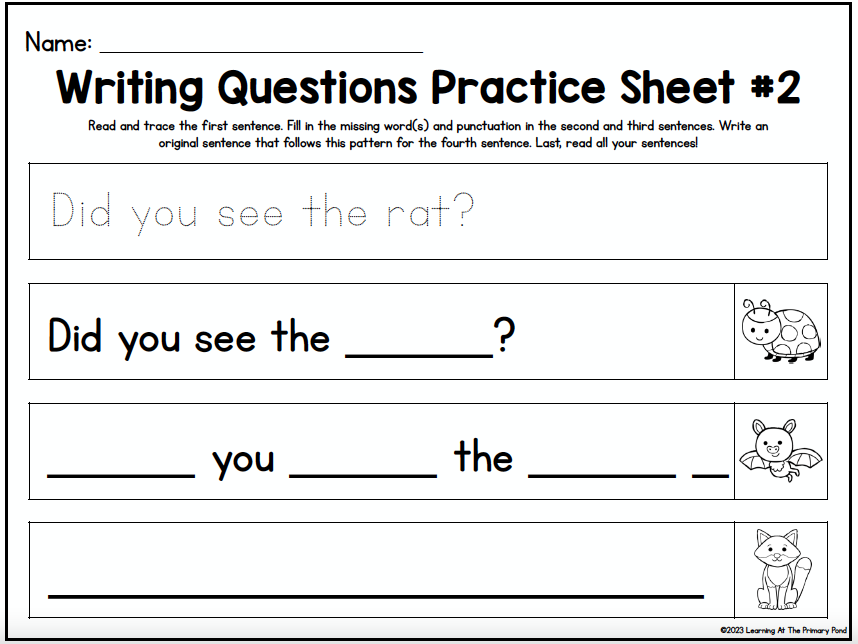
- Using plural nouns

- Writing list sentences with commas

- Combining sentences
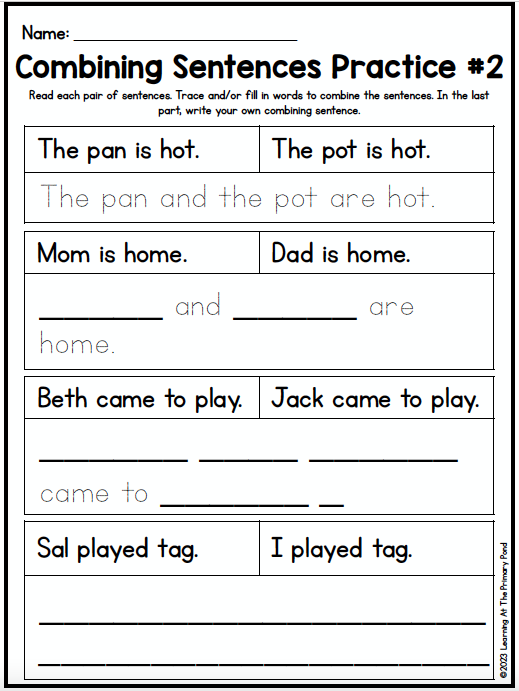
The goal with all of these activities is to give students exposure to different types of sentences, and provide enough modeling and practice so that they can write similar sentences on their own.
Conclusion
Getting students to write at all can be tricky. Getting them to write strong sentences can be even more tricky! I hope these tips are helpful in supporting your K-2 students!
If you need some more ideas for helping students write on their own, register for my free webinar here: 5 Secrets to Getting K-2 Students to Write Independently.
Happy teaching!

